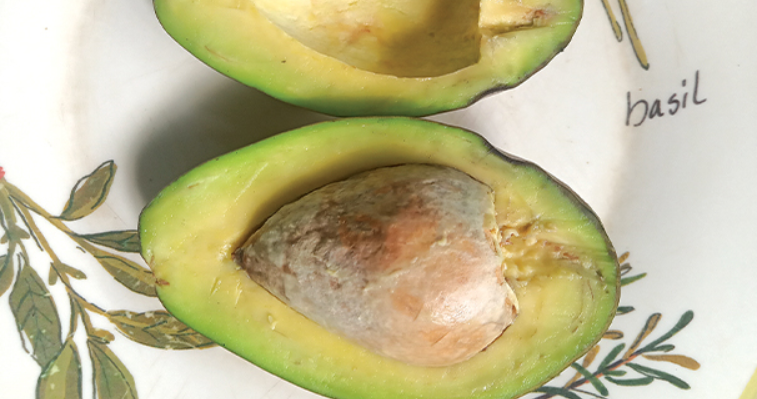Avocados have become one of the most sought-after fruits globally, known for their rich flavor, creamy texture, and impressive health benefits. As we move into 2024, understanding avocado fruit price trends is essential for consumers, retailers, and farmers alike. This article will delve into the factors affecting avocado prices, current trends, and what you can expect in the coming year.
The Rising Popularity of Avocados
The popularity of avocados has surged in recent years, largely due to the health and wellness movement. Packed with essential nutrients, avocados are a great source of healthy fats, vitamins, and minerals. They have found their way into various diets, including keto, paleo, and plant-based, making them a staple in many households. This growing demand has significantly impacted their market price.
Factors Influencing Avocado Prices
Several factors play a crucial role in determining avocado prices. Understanding these can help consumers make informed decisions:
1. Seasonality
Avocados are seasonal fruits, and their prices can fluctuate based on the time of year. Typically, prices are lower during peak harvest seasons when supply is abundant. In the U.S., the prime avocado season generally runs from late winter to early summer, primarily from Mexico, which is the largest supplier of avocados to the U.S. During off-seasons, prices can spike due to limited supply.
2. Supply Chain Dynamics
The avocado supply chain is complex and can be affected by various factors, including transportation costs, labor availability, and global trade policies. Any disruptions in the supply chain, such as those caused by natural disasters or geopolitical tensions, can lead to price increases. For example, adverse weather conditions in major avocado-producing countries can result in lower yields, thereby raising prices in the international market.
3. Consumer Demand
As more people become aware of the nutritional benefits of avocados, demand continues to rise. This demand is not only driven by health-conscious consumers but also by the growing popularity of avocado-based products, such as guacamole and avocado oil. As demand outstrips supply, prices tend to increase. Market analysts predict that as long as the health trend persists, avocado demand will remain high.
4. Economic Factors
Inflation and economic conditions can also impact avocado prices. For instance, rising transportation and labor costs due to inflation can lead to higher prices at the consumer level. In 2024, the effects of inflation are expected to continue influencing the pricing of fresh produce, including avocados.
5. Global Trade Agreements
Trade agreements between avocado-exporting countries and importing countries can also affect prices. For instance, if tariffs are imposed on avocados from Mexico, this could lead to increased prices for U.S. consumers. Conversely, favorable trade agreements may lower costs and enhance supply.
Current Avocado Price Trends
As of 2023, avocado prices have experienced notable fluctuations. According to the latest market reports, the average retail price for a single avocado in the U.S. has ranged from $1 to $3, depending on the season and variety. In 2023, prices saw a significant increase during the spring months due to limited supply following a challenging harvest season in Mexico.
Moving into 2024, prices are expected to stabilize somewhat as new crops are harvested and the market adjusts to consumer demand. However, fluctuations may still occur due to the aforementioned factors, especially during off-seasons or when supply chain disruptions arise.
What to Expect in 2024
Looking ahead to 2024, several trends can be anticipated regarding avocado prices:
1. Price Stabilization
With the new harvest coming in early 2024, avocado prices may stabilize, particularly in regions that import heavily from Mexico. Consumers can expect to find more competitive prices during peak seasons, making avocados more accessible.
2. Increased Availability
The expansion of avocado cultivation in countries such as Peru, Chile, and even parts of the United States is expected to enhance global supply. This increased availability could help mitigate price hikes and provide consumers with more options.
3. Sustainability and Organic Options
As consumer preferences shift towards sustainability, there is a growing demand for organic avocados. These are typically priced higher than conventional avocados, but the trend towards organic produce may influence overall market prices as consumers are willing to pay a premium for quality and sustainability. In 2024, we may see a wider variety of organic avocados available, potentially impacting the average price.
4. Continued Health Awareness
With the ongoing health trend, the popularity of avocados is likely to remain strong. This sustained interest may keep demand high, influencing prices to stay above pre-pandemic levels. As more consumers incorporate avocados into their diets, retailers may adjust their pricing strategies to capitalize on the fruit’s popularity.
5. Potential for Price Volatility
While there is a potential for stabilization, price volatility remains a concern. Any unforeseen events, such as natural disasters affecting crops or changes in trade policies, could lead to sudden price increases. Consumers should stay informed about market trends to anticipate these fluctuations.
Conclusion
In summary, the avocado fruit market is influenced by various factors, including seasonality, supply chain dynamics, consumer demand, and economic conditions. As we move into 2024, consumers can expect a mix of price stabilization and potential fluctuations based on global supply and demand. By staying informed about these trends, consumers can make smarter purchasing decisions and enjoy this nutritious fruit without breaking the bank. Whether you’re a devoted avocado fan or just looking to incorporate more healthy foods into your diet, understanding the price landscape will help you navigate the avocado market in the year ahead.


